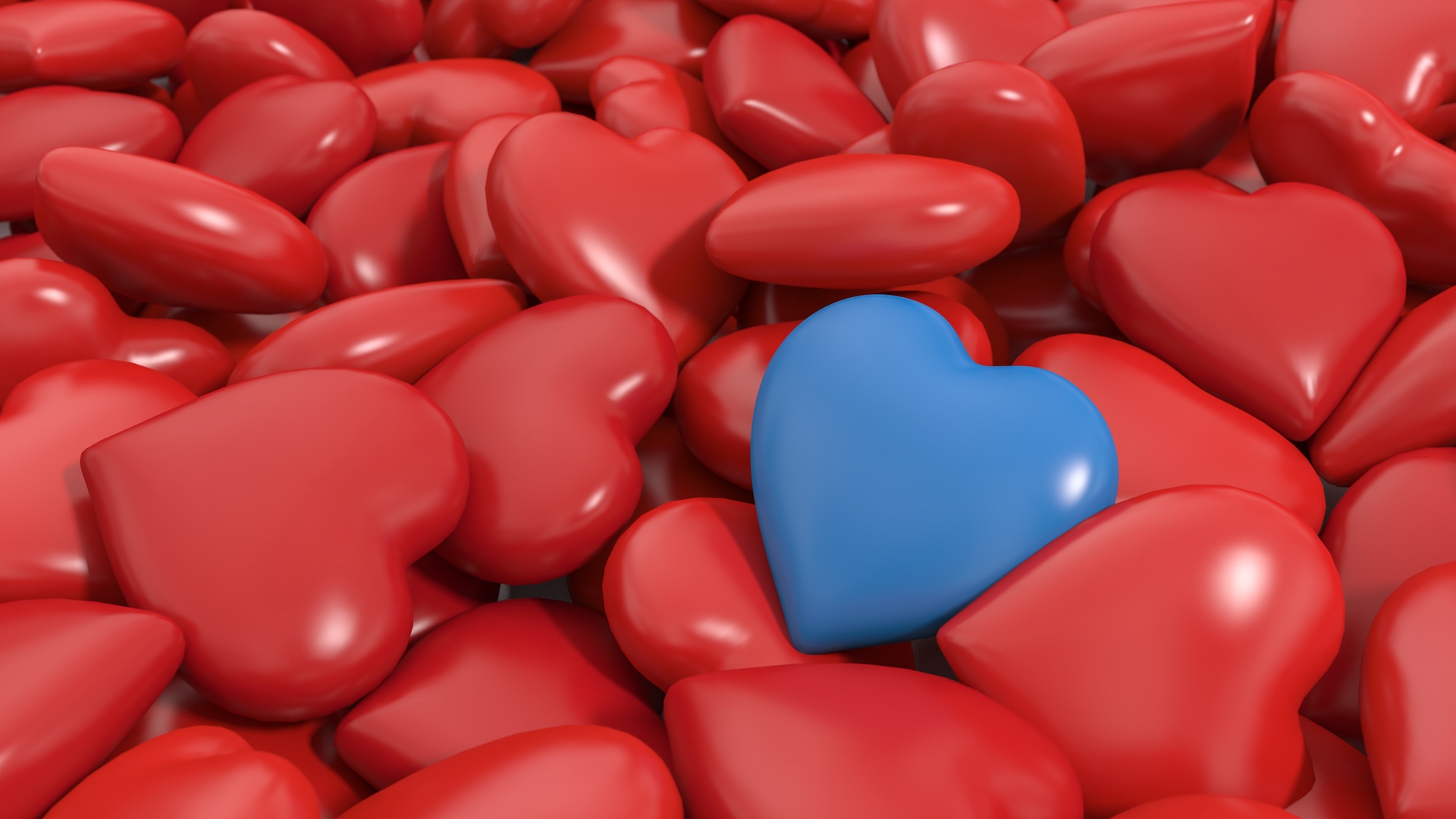Recent advancements in technology have revolutionized the way the physicians use heart imaging scans to care for their patients.
Cardiac MRI and Cardiac CT are indispensable tools for heart imaging. The reason for this is their extraordinary capabilities of producing heart images.
A Cardiac MRI Course can be a very effective means of understanding the Cardiac MRI process. Understanding the difference between Cardiac MRI and Cardiac CT can make a huge impact on the health of the patient. Have a look at the difference between the two.
Radiation and Safety
Cardiac Magnetic Resonance Imaging (MRI) utilizes a magnetic field along with radio waves to produce heart imaging, while Cardiac Computed Tomography (CT) uses X-rays. During CT, X-rays take multiple 3-dimensional pictures of different body parts and various internal organs.
CT scans have radiation, which can be harmful to the one undergoing CT. It can be especially harmful if the patient needs to undergo a series of scans.
In contrast, Cardiac MRI scans are radiation-free.
Heart Rate Control
To generate clear images of the beating heart, both Cardiac CT and MRI need a fairly good heart rate. With the CT scan, the recommended heart rate is usually 60 beats per minute, while with Cardiac MRI, as long as the pulse remains regular, rapid heart rate is not an issue.
Clarity of Details
Information about the patient obtained from Cardiac MRI helps the physicians to know more about the risks of arrhythmia and decide on the most accurate treatment.
The CT scan, despite being able to show blockages in the arteries, cannot differentiate well between soft tissues like ligaments and heart muscles.
A Requirement of Intravenous Contrast
In Cardiac CT, an intravenous contrast agent is essential to show the blood-tissue interface and define the difference between various kinds of tissues. In contrast, in Cardiac MRI, scanning is done without any intravenous contrast agent. Cardiac MRI relies on the magnetic and quantum spin properties of hydrogen protons.
Side Effects of Contrast
The contrast used in Cardiac CT is iodine-based while that in Cardiac MRI is gadolinium-based. The iodine-based contrast present in the Cardiac CT can cause Contrast-Induce Nephropathy in patients, particularly in patients who are suffering from kidney problems.
On the other hand, the Gadolinium contrast used in Cardiac MRI is safe to use for kidneys, but it has the potential to cause Nephrogenic Systemic Fibrosis, in those patients who have reduced kidney functions.
The iodine-based contrast agents can be eliminated with the hemodialysis process if needed, but the gadolinium-based agent is difficult to treat.
Scanning Capabilities
During Cardiac MRI, very strong magnetic fields are involved. Therefore, the patient’s body should undergo a thorough checking for ferromagnetic objects. However, even patients who have implanted ferromagnetic materials can easily undergo Cardiac CT treatment as long as their kidneys are in proper working condition.
Undoubtedly, both processes are equally important for heart imaging. We can anticipate Cardiac CT allows for more perfusion information and lower radiation, whereas Cardiac MRI is more conducive for increased spatial resolution.






